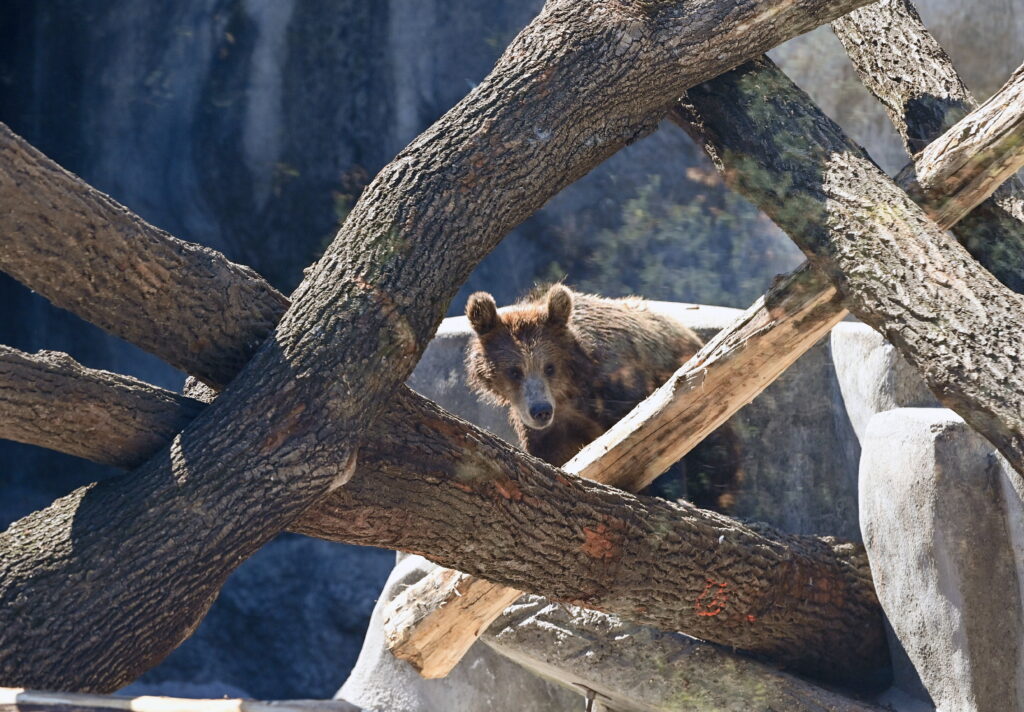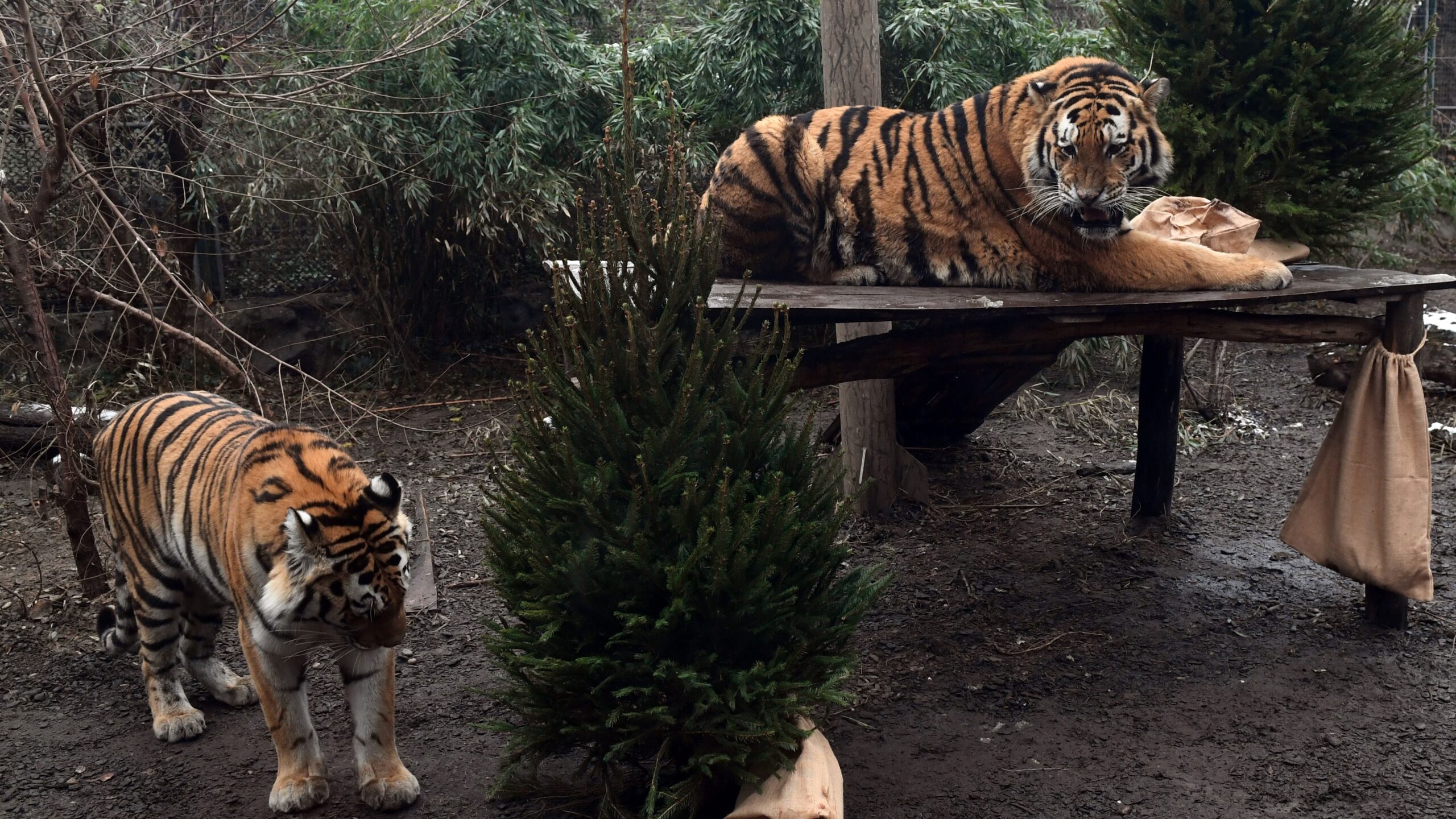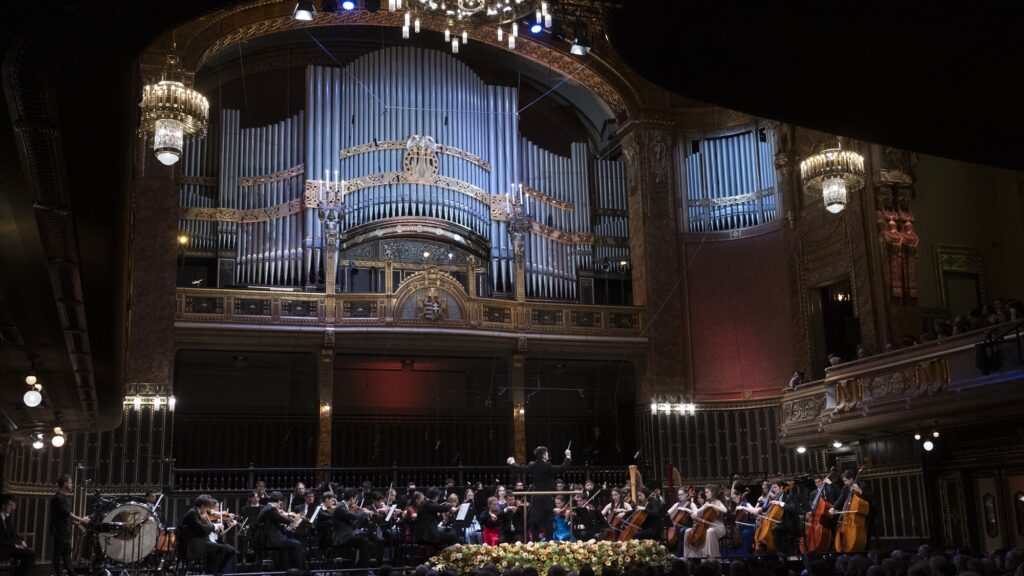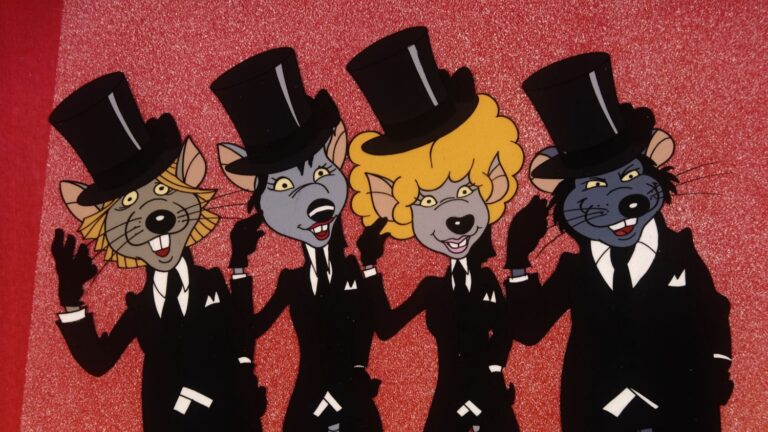The Budapest Zoo and Botanical Garden celebrated a banner year in 2024, recording its highest visitor numbers in two decades. According to the zoo’s announcement, 1,119,564 visitors explored its City Park exhibits, while an additional 200,103 guests enjoyed the Margaret Island Petting Zoo. Together, the two locations welcomed a combined total of 1,319,667 visitors—an 18.6 per cent increase from the previous year.
The zoo’s City Park site alone saw a 23.5 per cent rise in attendance compared to 2023, marking its most successful year since 2003. Interestingly, one in five visitors hailed from beyond Hungary’s borders, underscoring the institution’s international appeal.
Throughout the year, the zoo maintained its reputation for showcasing an exceptionally diverse collection of wildlife. Home to 646 animal species, including 103 mammals, 106 birds, and 84 reptiles, it stands out as a leader among Hungarian zoos and competes favourably on the global stage. Across its exhibits, visitors could marvel at over 7,000 individual animals, fulfilling the zoo’s century-old mission to present a comprehensive cross-section of the natural world.
Meanwhile, the Margaret Island Petting Zoo featured a more modest but equally captivating assortment, with 19 bird species and 3 mammal species attracting families and younger audiences.
The year 2024 also marked significant achievements in conservation and infrastructure development. Notable upgrades included the expansion of the Asian wild dog enclosure, the renovation of the prairie dog exhibit, and the transformation of the wombat habitat into the state-of-the-art ‘Wombat House’. Impressively, the zoo has become one of the most successful breeding sites for wombats outside of Australia.
The Biodome, a standout feature, welcomed an array of new species, such as camels, African mouflons, and buffaloes. Among exotic additions were venomous snakes like the white-lipped bamboo viper and the mangrove viper, as well as the unique elephantnose fish in the Magic Hill exhibit.
Returning favourites included brown bears, Hargita and Csángó, whose newly renovated enclosure was unveiled on the zoo’s August birthday. Additionally, participation in the VietnAmazing campaign highlighted rare Southeast Asian species, drawing attention to conservation efforts for Vietnam’s endangered wildlife.

The zoo also celebrated key milestones in breeding endangered species. Noteworthy arrivals included penguin chicks, a zebra foal, and two takin calves—Meilin and Bao—marking the first successful breeding of golden takins in Hungary. Beyond Hungary, three northern bald ibis chicks bred at the zoo were released in Andalusia, Spain, as part of an international rewilding programme.
The zoo’s wildlife rescue initiatives also flourished, with the Hungarian Bird Rescue Foundation reporting significant progress in rehabilitating injured birds and other wild animals.
Related articles:







